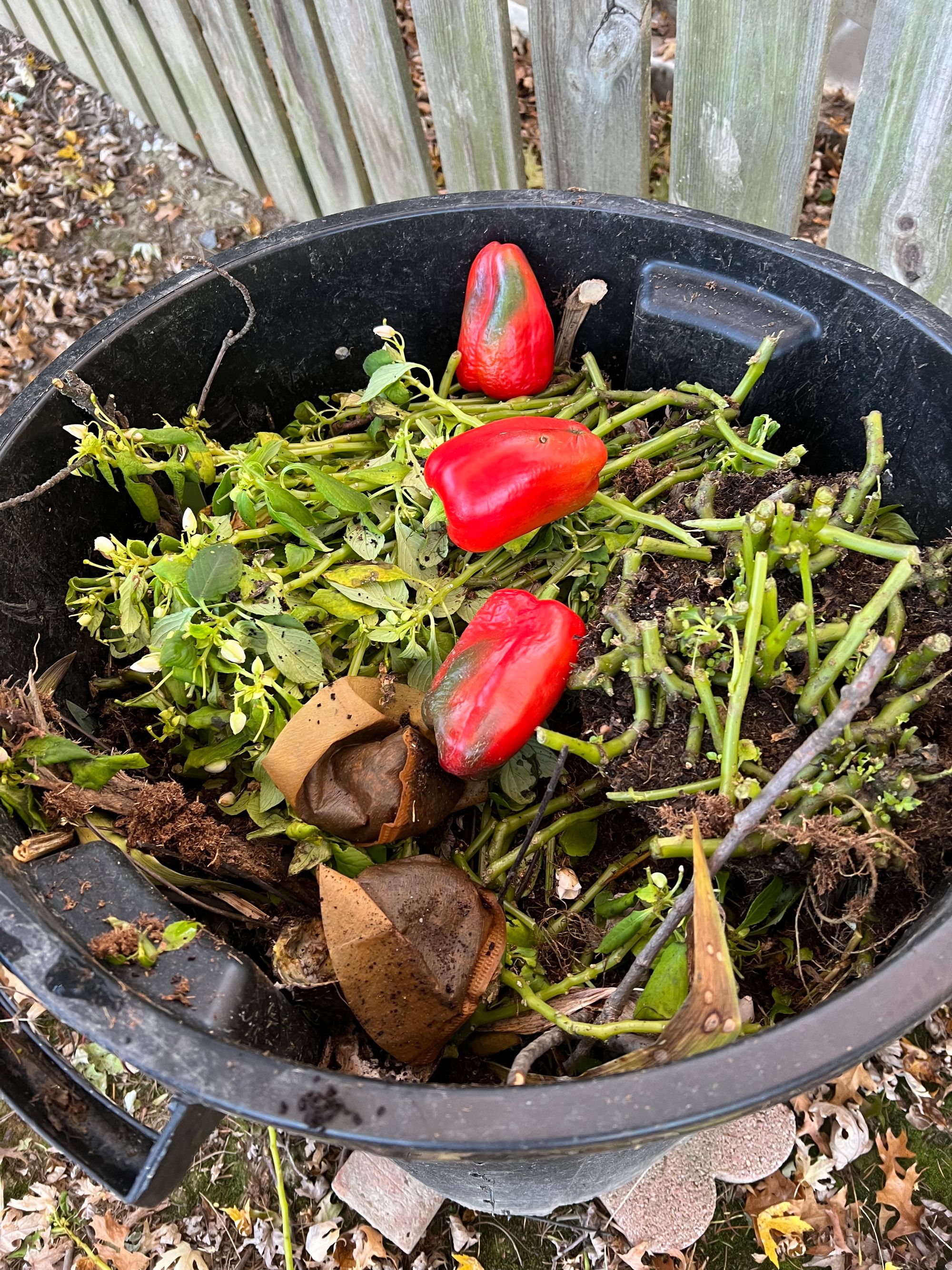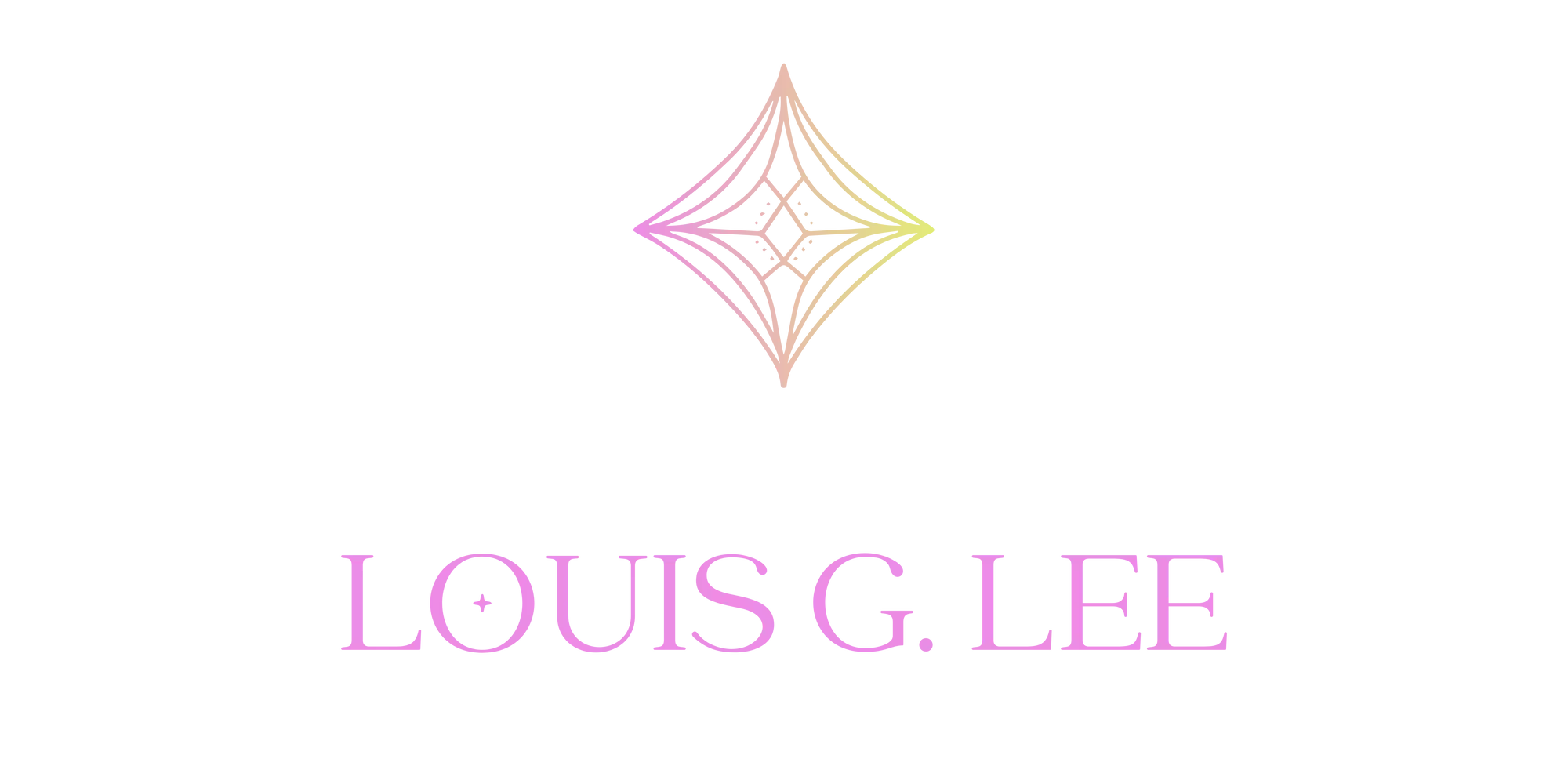What are you going to do with that dirt?

“What are you going to do with these peppers?” My wife asked me, looking at the vegetable box that sat on the kitchen counter for over a month. I had recipes in mind for these peppers but waited too long, and they spoiled. “I’m going to compost them,” I answred. This “green” material creates a home for bacteria to break it down, creating nitrogen and protein in the soil, which I will use in my garden next Spring.

Along with microorganisms, bugs and insects contribute by pulling organic material further into the soil, all while creating tunnels for oxygen to aid in the breakdown process. The soil is alive, and for much of my life, I have ignored this fact. Sure, I understood that plants start as seeds in the ground and grow up and down, but I did not distinguish the land from the floor. For example, at home, I have vinyl flooring at my front door. Exiting the house is a stone porch, then the front yard with grass. The vinyl floor, the porch, and the grass made no difference to me, as they were simply an extension of one another from point A to point B. But that perspective changed when I read A Sand County Almanac by Aldo Leopold, who explained that land is a community. The land is not merely a floor but a circuit of energy with life moving in, on, and around it.
Why is this important? Because our sense of community with one another has decreased for decades, and the root of the problem is our disconnection from what’s in front of us. Until our society gets solid footing on what’s around them, we will continue to blame the other guy for our problem at the pump, another guy who kicked her off Twitter, or the other guy for not allowing (or allowing) "those people" to cross their part of the dirt to ours.
We all have dirt. But what are we going to do with it? Do we waste it by letting it sit there and wait for someone else to figure it out? Or do we step in as community members looking to contribute what we can with what we have?

